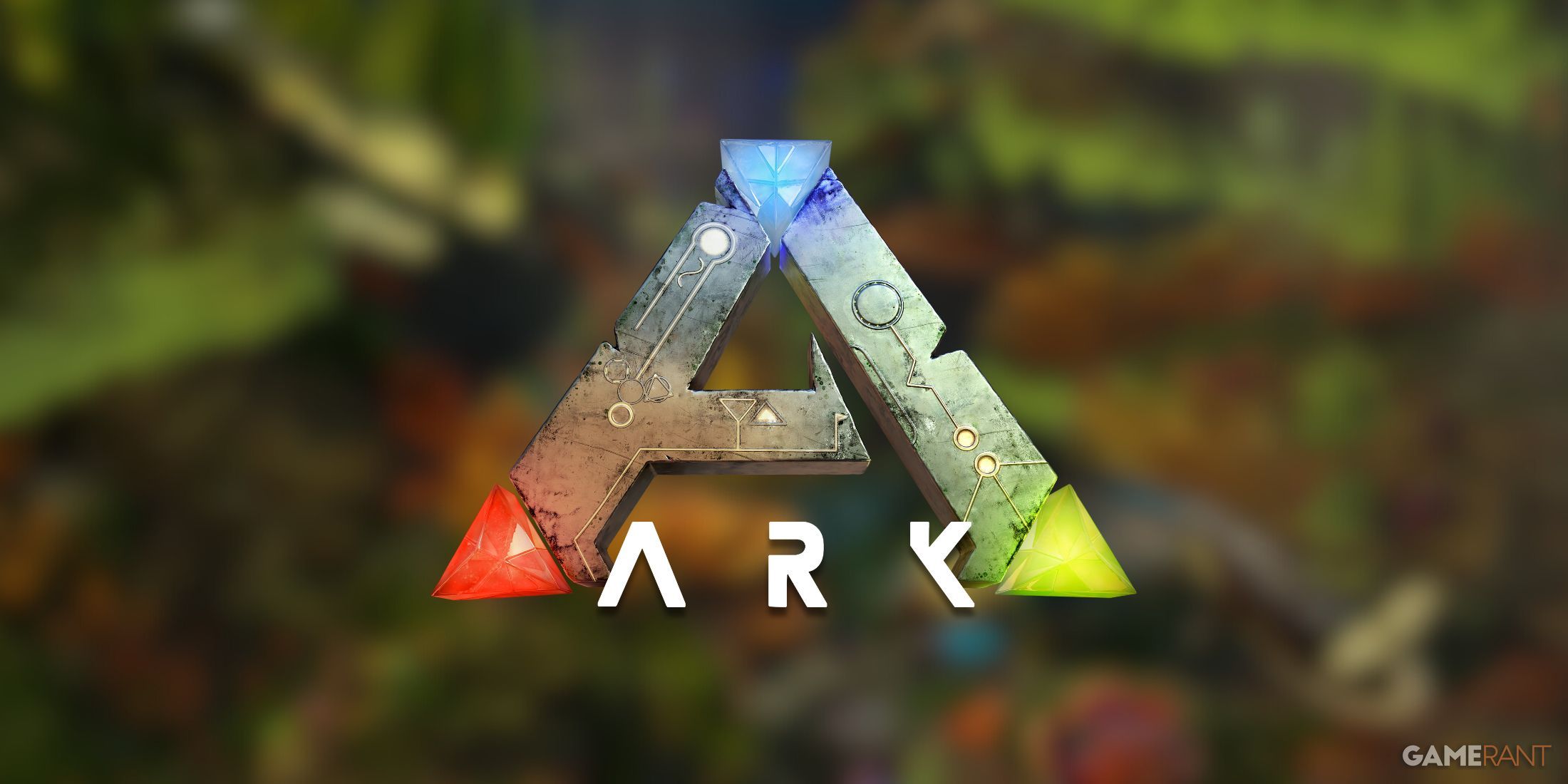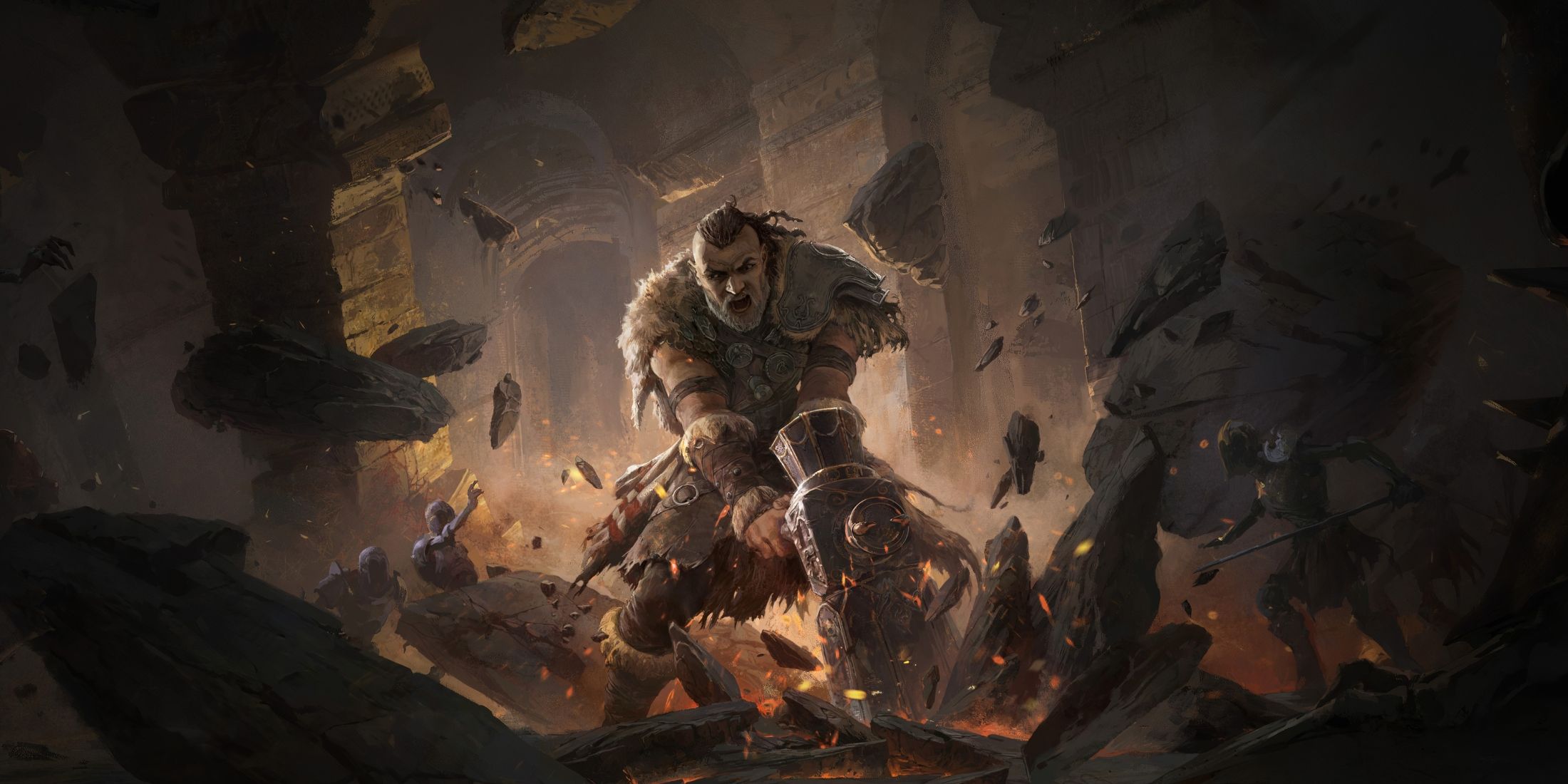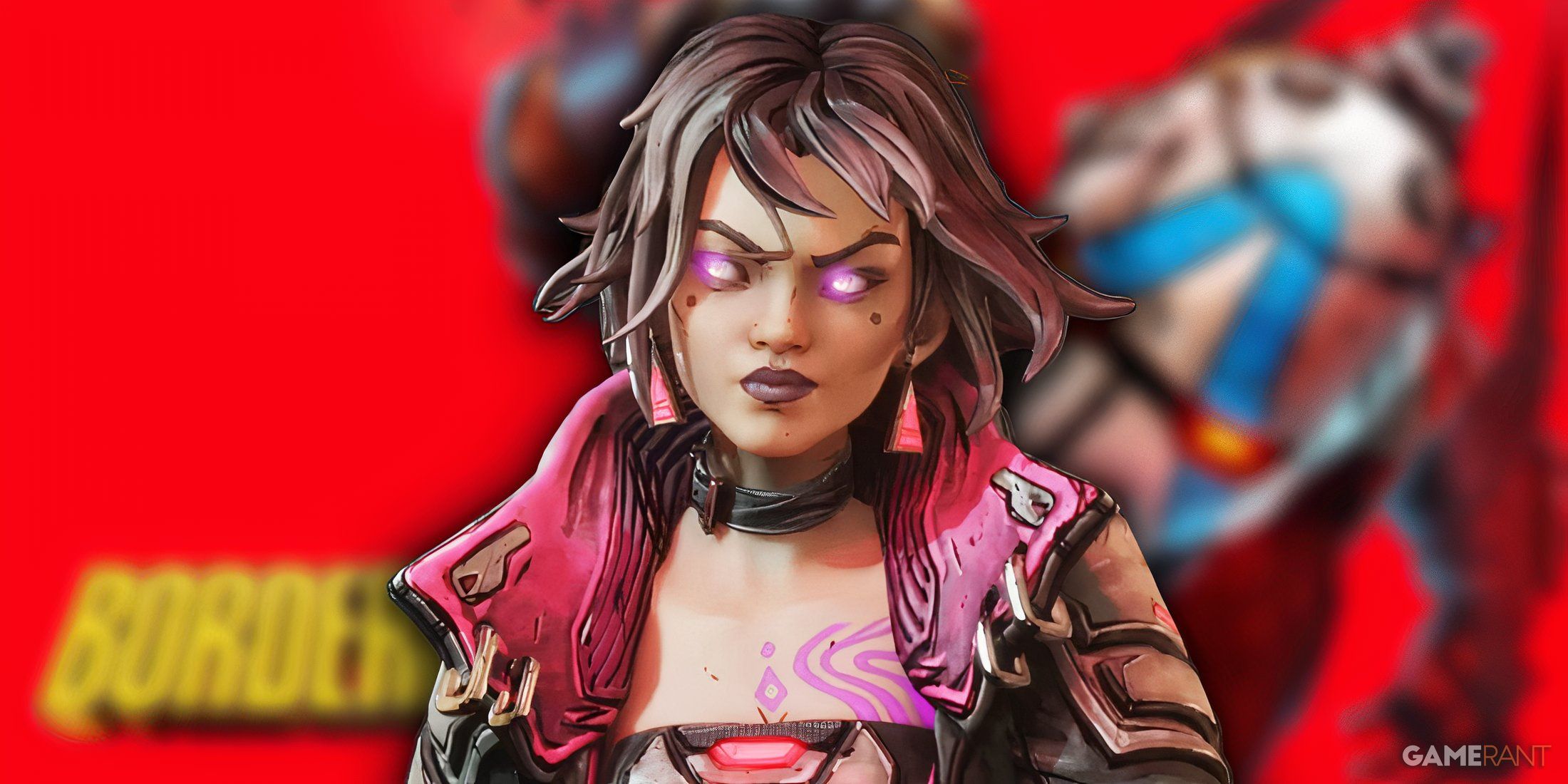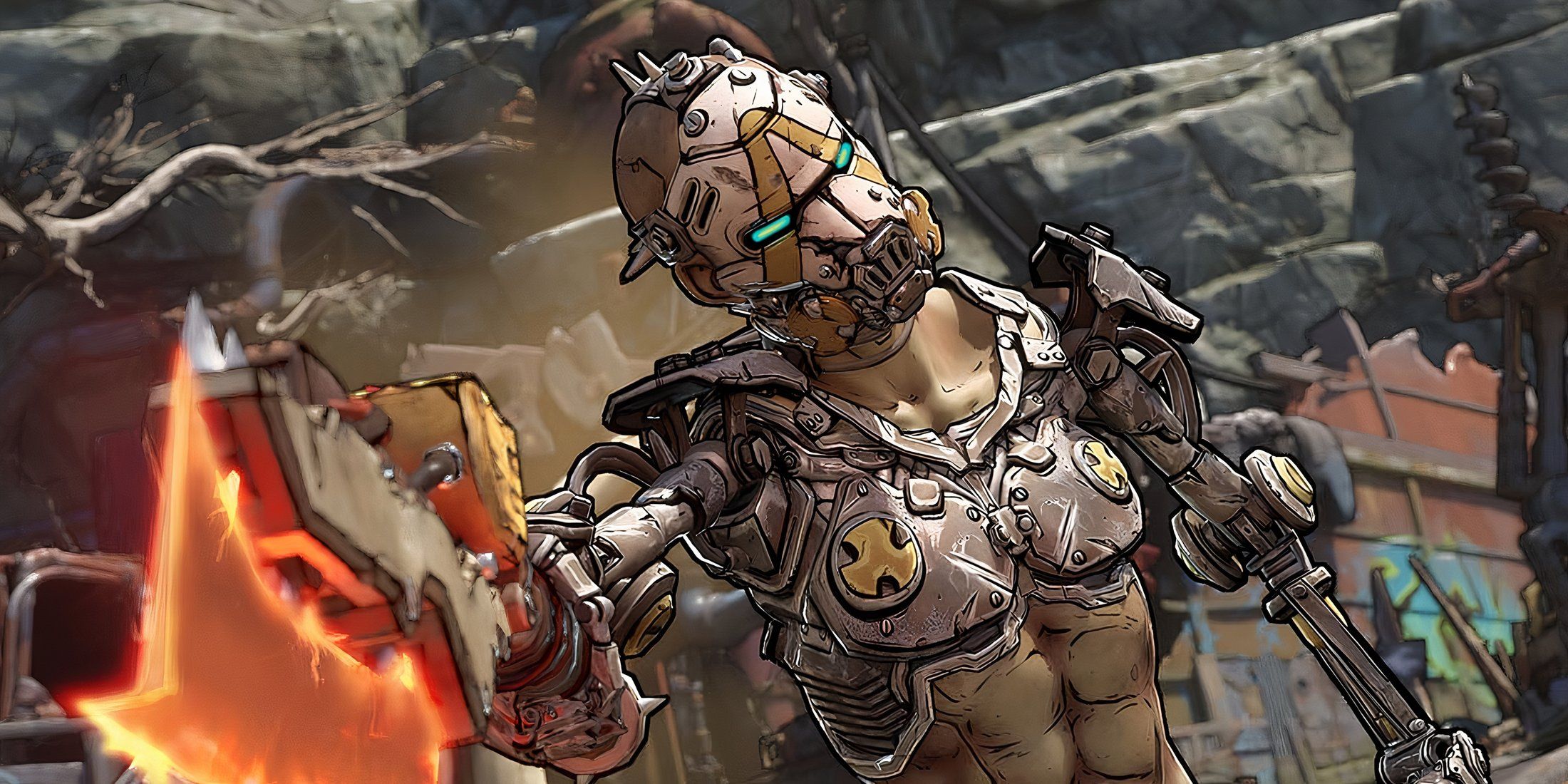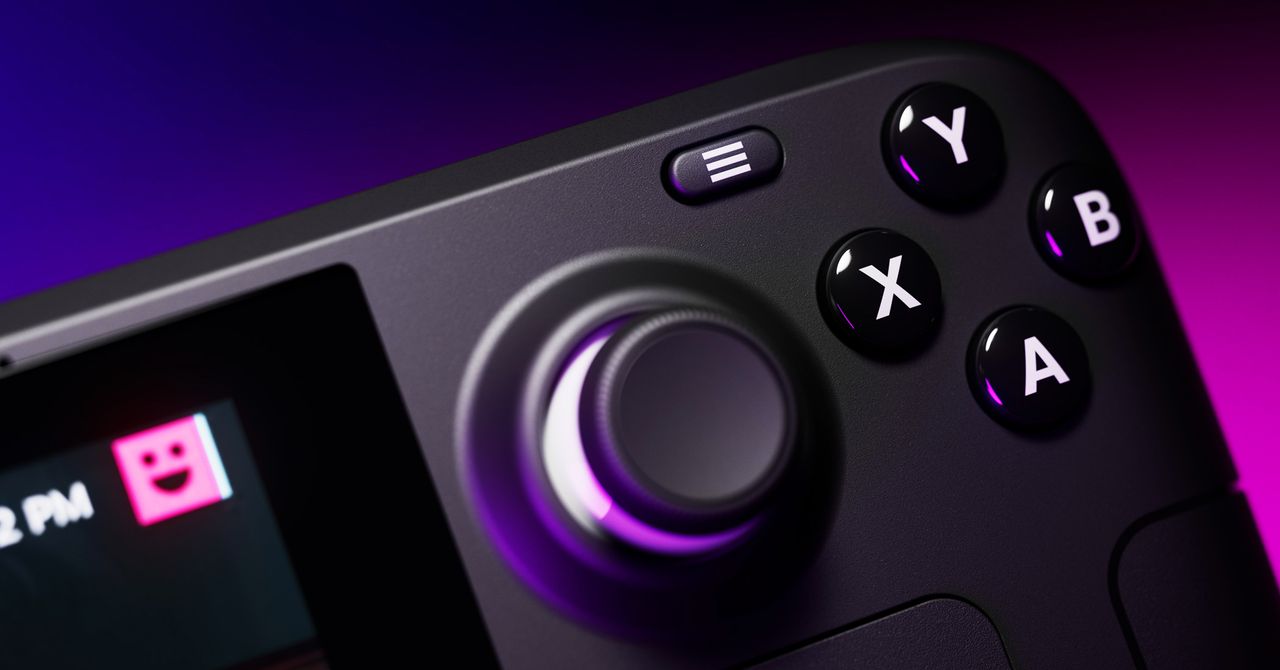
Building your own PC comes with unique thrills. Sure, it can be frustrating as all hell—there’s a reason it’s a lot easier to buy a fully cooked PC than go homebrew. If you haven’t had the joy of putting together your own PC, it’s not as simple as just throwing the components in a tower, connecting them, and booting it up. There can be so many compatibility issues you’ve never even thought of, from your processor to your motherboard to your graphics card. Are you going to overclock your processor? Does your system need liquid cooling? Can it even support liquid cooling?
I used to live this geek life on the edge. I’d look for sales on components, swap out graphics cards to get the best performance, stare blankly at my monitor during a BIOS flash, and just hope for the best. My PC was a source of endless frustration, but there was also so much joy when I held my breath, booted things up, and everything just worked.
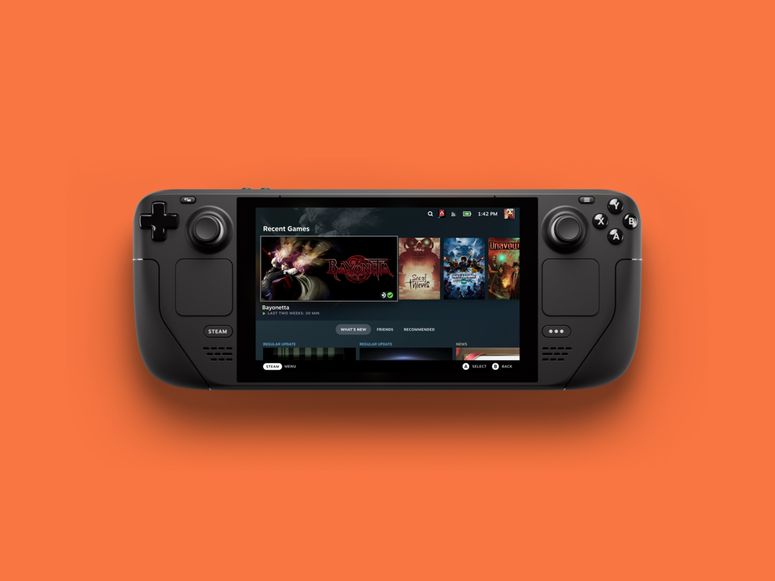 Casual GamerGive Yourself Permission to Buy That Steam DeckSwapna Krishna
Casual GamerGive Yourself Permission to Buy That Steam DeckSwapna Krishna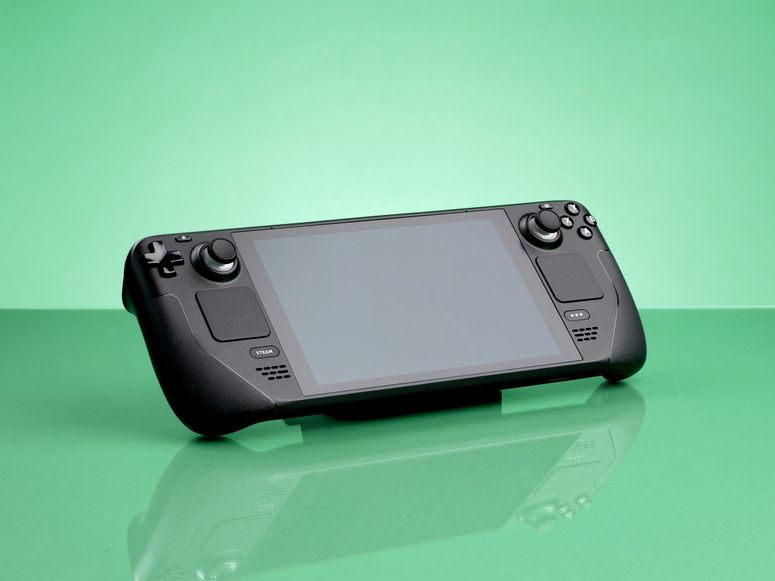 Decked OutHow to Get the Best Battery Life Out of Your Steam DeckEric Ravenscraft
Decked OutHow to Get the Best Battery Life Out of Your Steam DeckEric Ravenscraft Casual GamerPlaying Old Favorites on a Handheld Is an Entirely New ExperienceSwapna Krishna
Casual GamerPlaying Old Favorites on a Handheld Is an Entirely New ExperienceSwapna KrishnaIt’s honestly a lifestyle—one I left behind more than a decade ago. I finally decided that I preferred console gaming because it usually wasn’t much more involved than turning on the console. I was tired of tinkering, of trying to get things to work. I wanted simplicity, and I haven’t regretted it since. Honestly, I haven’t even missed it.
That is, until I got my hands on a Steam Deck. I’ve written about this incredible little piece of technology quite a bit. When I first got it, I didn’t think I’d do much experimenting with it. I was just going to use Steam to catch up on some of the PC games I’d missed.
But then, I saw someone talking about how they’d managed to get Xbox Game Pass Ultimate working on their Steam Deck. And let me tell you, it felt like a beacon in the night. That innocuous little post blew my mind. Suddenly, all I wanted to do was figure out how to access as many different platforms’ worth of games on my Steam Deck as possible.
I have a subscription to Xbox Game Pass Ultimate, thanks to my husband, and I have a PlayStation 5. So I got to Googling. I know next to nothing about Linux, but I knew next to nothing about Windows when I first started building my own PCs, and I made that work.

